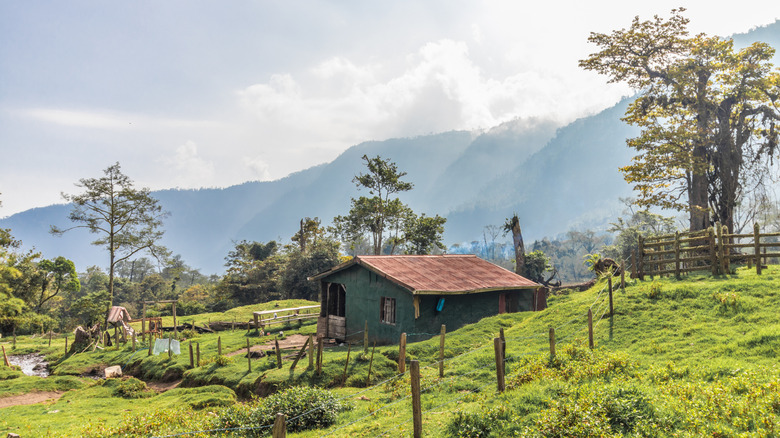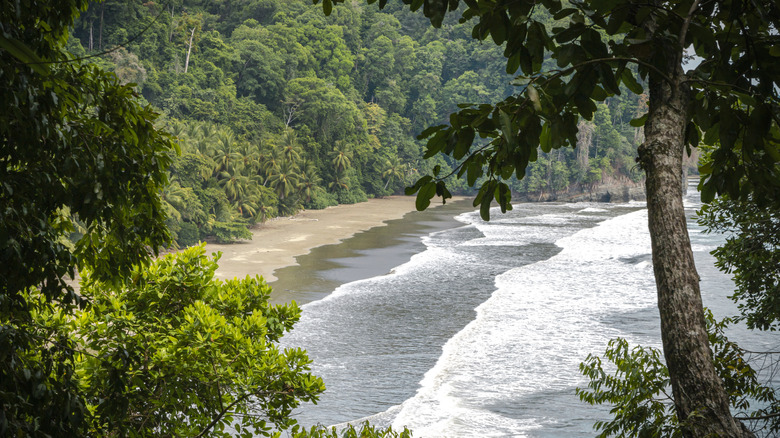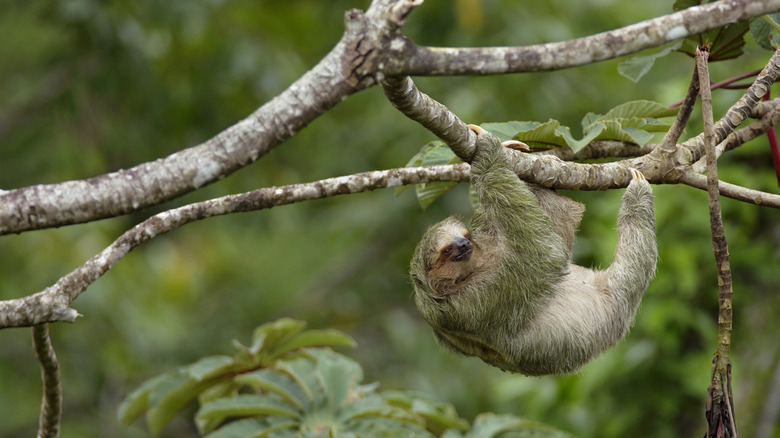Travel writer Rick Steves knows a lot about a lot of things, including how to handle culture shock and how to avoid getting pickpocketed, but the one thing he doesn’t know very well is how to rest and unplug. His motto is “Keep On Travelin'” (and he even sells a T-shirt with the phrase), but although his show “Rick Steves’ Europe” often portrays him leisurely rambling through quaint European cities, eating and chatting away, Steves is always on his grind. It takes a lot of work to run his companies, film television shows, guide tours, write books, and do actual traveling. The New York Times reported in 2019 that while Steves was on an intense 34-day speaking tour, he never spent downtime exploring his new environments or relaxing with locals or friends. Instead, he’d be up late working by himself, head bent over a computer, completely immersed in work. In 2020, Steves admitted to GQ that he is “a joyful workaholic” and that it had been a challenge to slow down during the isolation of the COVID-19 pandemic. “It’s a big adjustment for me to get away from my addiction to being productive every day,” he said.
In 2009, Steves did find himself on vacation with his family, and it turned him on to a destination he normally doesn’t visit: Costa Rica. As he shared on his website, even a workaholic like Steves was able to kick back in Costa Rica, and with good reason — the country’s motto is “pura vida,” which literally translates to “pure life” in English, and the philosophy infuses the culture with an energy that’s relaxed, peace-loving, life-loving, and freeing.
Rick Steves found Costa Rica’s nature a great place to relax
In Costa Rica, Rick Steves was out of his element, as most of his expertise famously derives from his extensive travels throughout Europe. This time, instead of planning the trip himself, he left it up to his buddy at Austin Adventures (formerly Wildland Adventures). The Steves’ family stayed off the grid in a lodge run solely on a generator, and they spent time in nature, learning how to surf, and chasing adrenaline highs on jungle zip lines. As Steves later blogged, “There were no lessons in nature here…just the smell of burning leather as we pulled down on the cable with our hand brake to slow each landing. Coursing through the trees was thunderclaps of fun.”
Steves prefers being bougie in Europe, prioritizing cafes, museums, history, and culture. As he wrote, “learning about flora and fauna ranks near the bottom, just above geology and genealogy.” In Costa Rica, that changed. For a workaholic like Steves, Costa Rica was his first destination where nature and its elements were at the forefront. “I was on a steep learning curve in the best classroom I could imagine for getting turned on to plants and critters,” he added.
The country’s strong commitment to natural resources has cultivated many natural habitats and microcosms of biodiversity. In fact, Costa Rica’s Osa Peninsula is one of the most biologically diverse destinations in the world, and one-quarter of the entire country is included in Costa Rica’s National System of Conservation Areas, meaning that despite its small size, Costa Rica makes up 6% of the entire globe’s biodiversity. It’s easy to unplug from technology in the vast tracts of rainforests, mountains, and beaches that Costa Rica has to offer, and even much of its small grid is powered by renewable energy sources.




